Exercise Modifications with Diastasis Recti
We’ve all been there. You're looking for some much needed alone time and self-care after baby. So you go back to your old exercise class. But then comes the dreaded core portion of the class. You want to continue with the class because the instructor is awesome, you leave feeling energized, and maybe you even made a few friends in the class.
But what to do when you know you have an abdominal separation and even the easy modifications are too challenging for you? Maybe you notice your doming getting worse, or you're feeling that "pull" in your abdomen during certain movements?
Don't give up on your "me" time and quit your class just yet!
Yes, it's important to exercise safely with Diastasis Recti. That's why we've compiled a list of which exercises to avoid, plus simple modification exercises you can use instead. So next time you find yourself cringing the moment your class instructor says it's time for sit ups or crunches, use this helpful guide to make easy substitutions.
We’ve all been there. You are looking for so much needed alone time and self care post baby. So you go back to your old exercise class and then comes the dreaded core portion of the class. You want to continue with this class because the instructor is awesome, you leave feeling energized, and maybe you even made a few friends in the class.
But what do you do when you know you have an abdominal separation and even the easy modifications are too challenging for you or you notice your doming getting worse? Here’s a list of some common exercises to avoid and exercise modifications with diastasis recti:
Things to Avoid
Exercise Modifications with Diastasis Recti
Sit ups and Crunches
Transverse Abdominis March
Russian Twists & V-Ups
Bridge or Frog Bridge
Planks & Side Planks
Bird Dog
Push-Ups
Wall Push Ups
Burpees
Squat + Wall Pushup
Turkish Get Ups
Squat with an Overhead Press
The reason these exercises are on the “NOT” list is because most of them increase intra-abdominal pressure or require a high demand of the core muscles that is unlikely with a DRA. As a rule of thumb, you want to avoid any exercise that causes pulling, straining, doming, or discomfort on the abdomen or low back. You also want to avoid exercises such as crunches that increase the pressure in your abdomen. Everyone is different though so this list is a generalization.
It’s also important to note that these exercises aren’t off limits for ever, and it can be helpful to work with a physical therapist to know if/when you can progress to some of these harder exercises based off your body and your specific diastasis. Always keep in mind it is key to remember to breathe to help regulate the pressure in the abdomen and protect your separated abdominals. Also be aware that in yoga going through a sun salutation takes you through a plank position drop down to knees and move more slowly while engaging the transverse abdominis to protect your abdominals.
We've even included a link to our YouTube playlist where you can see demonstrations of each of the exercise modifications we recommend.
Remember, as a rule of thumb, you want to avoid any exercise that causes pulling, straining, doming, or discomfort on the abdomen or low back. You also want to avoid exercises such as crunches that increase the pressure in your abdomen. Everyone is different, so be sure to listen to your body!
It’s also important to note that the exercises on the "Avoid" list aren’t off limits forever, and it can be helpful to work with a physical therapist to know if/when you can progress to some of these harder exercises based on your body and your specific diastasis.
Hope you can use this as a resource next time you work out!

